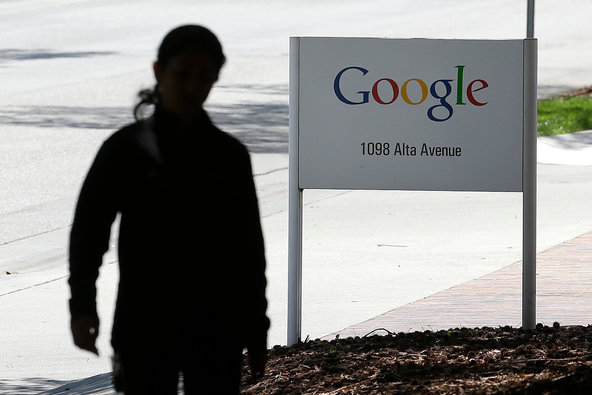They do it to activate Line, a two-year-old messaging application that lets people exchange information, send silly stickers and play games with their friends. It already has 230 million monthly users — a milestone that Facebook did not reach until it was five years old.
And it has not even penetrated the United States yet. Most Americans have never heard of its parent company, NHN Corporation, of South Korea.
But hundreds of millions of smartphone users in Asia and patches of Europe and Latin America are spurning Facebook or Twitter, preferring instead to use Line to tell their friends about a new job, boyfriend or breakfast cereal. Now Line, not content with being the latest “big in Japan” craze, wants to transform itself into something bigger — the first global Internet company from Asia.
“We would like to turn Line into a common language for the world,” said Akira Morikawa, chief executive of Line. “Our plan is to become the No. 1 online service.”
Bigger than Facebook? Bigger than Google? Yes, Mr. Morikawa said, in an interview at the company’s headquarters on the 27th floor of an office tower overlooking the chaos of Shibuya Crossing, reputedly the busiest pedestrian intersection in the world.
Mr. Morikawa’s claims might sound like boastfulness, the pipe dream of any upstart hoping to be the industry’s next big thing. But the company’s growth is impressive, even if it still has only a small fraction of Facebook’s billion-member network of users.
American Internet giants may dominate social media, but Line has a critical advantage, Mr. Morikawa said. Unlike Facebook, Twitter, Zynga and even Google Plus, Line was originally conceived and created for smartphones, which already account for most of growth in Internet users. So the company does not have to wrestle with designing software that can leap from desktop computers to mobile devices.
Mark Zuckerberg, the chief executive of Facebook, need only ask his sister Randi about it. She wrote in a blog post after visiting Tokyo this year that “all the cool kids are using Line.”
Noriko Suzuki, a 22-year-old office worker in Tokyo, said she feels that way. She said she sent about 50 messages a day via Line — including reports on her summer vacation, plans for an evening out and pictures of her lunch.
Like other Line users, Ms. Suzuki often adds a digital “sticker,” a cartoon image that could be anything from an exuberant teddy bear to a grimacing rabbit. It communicates feelings hard to convey in a text message. “If I’m angry, happy or crying, there’s always a sticker,” she said.
Some of the stickers feature Line’s own characters, including a bear named Brown and a rabbit named Cony, who engage in activities as varied as hugs and flatulence. Others show well-known cartoon figures like Hello Kitty or Marvel Comics heroes.
Line says its users send more than 1 billion stickers per day. Facebook has taken notice; recently it added a sticker function to its messaging application. So has the rest of Silicon Valley. A number of messaging start-ups, including Path, MessageMe and GroupMe, have added stickers in recent months.
“If any app can make a giant like Facebook rethink their strategy, then that is the surest sign of the potential power of these services,” said Neha Dharia, an analyst at Ovum, a telecommunications research firm. Ovum estimates that messaging apps will cost telecommunications companies more than $32 billion in lost revenue worldwide this year.
The stickers may seem silly, but they were the first step in Line’s plan to expand beyond cheap communications and turn itself into a broader media and entertainment platform. Many other companies’ mobile applications, messaging and beyond, have yet to generate any revenue in the United States. Line gives some stickers away; others cost 170 yen (about $1.70) for a pack of 40. Sticker sales alone make about $10 million a month in revenue, Line says.
Games are Line’s biggest moneymaker, accounting for about $25 million a month in sales, or slightly more than half the company’s revenue. Though games were added only about a year ago, offerings like Line Pop and Line Bubble quickly moved into the Top 10 lists on Google Play and the Apple App Store.

Joshua Hunt contributed reporting.
Article source: http://www.nytimes.com/2013/09/06/technology/a-japanese-social-app-contacts-new-shores.html?partner=rss&emc=rss



